Lily Gladstone's Braids Are A Tribute to Indigenous America
And a chic one, at that.
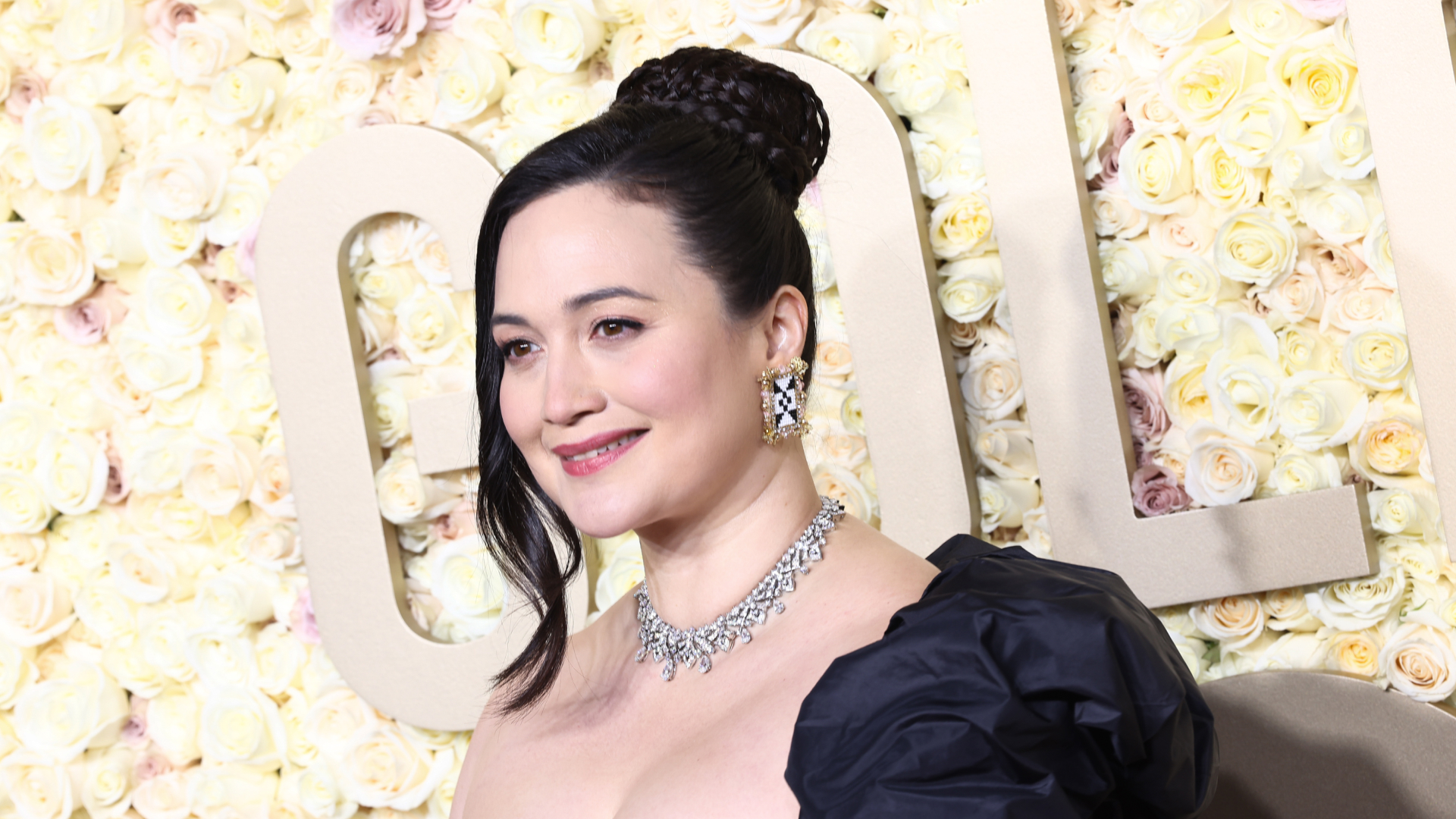
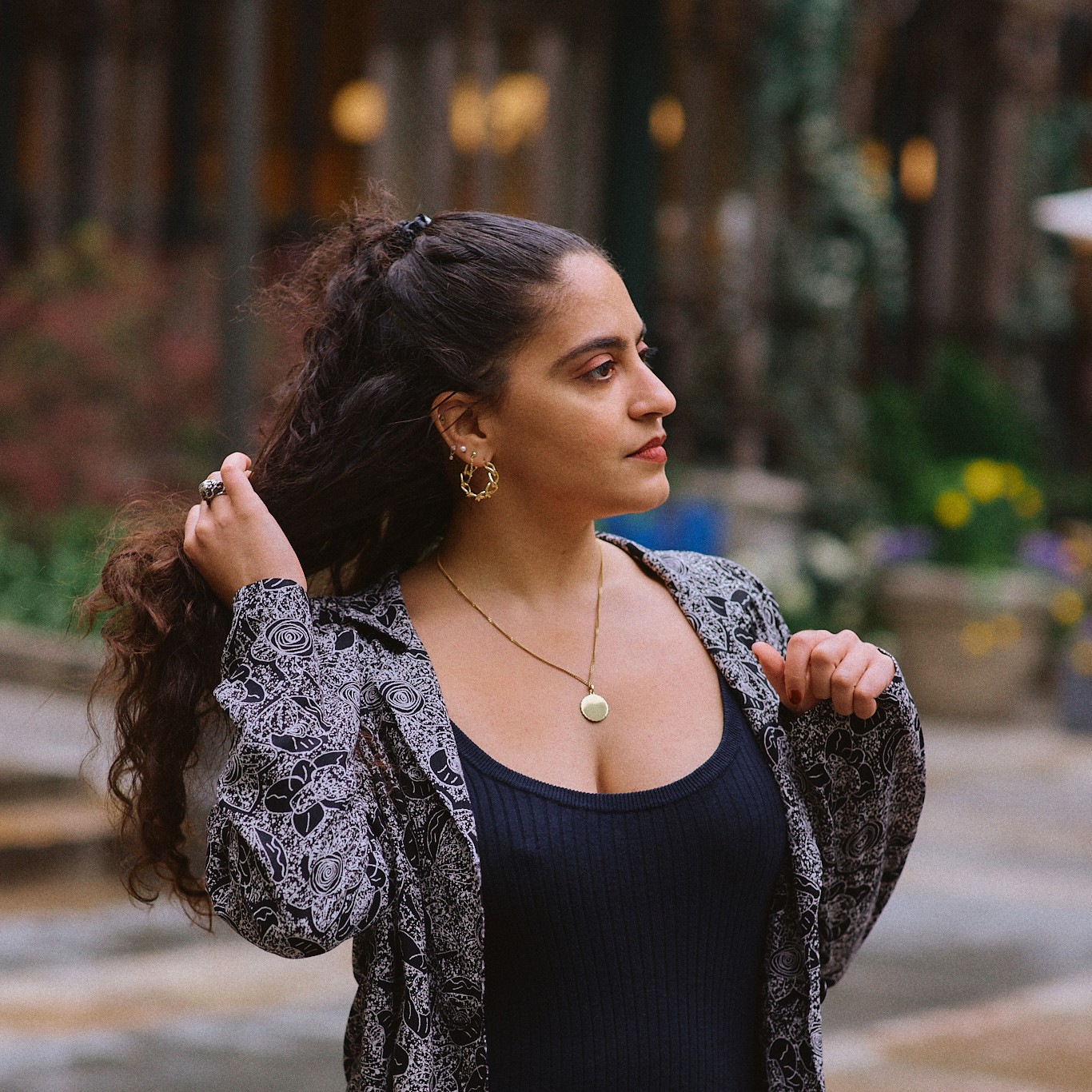
Throughout the press tour for Martin Scorcese's Killers of the Flower Moon, Lily Gladstone has stunned in looks by the likes of Valentino, Gucci, and Marni. But she's also made a point of spotlighting Indigenous-owned businesses such as Cheekbone Beauty and Antelope Women Designs. Her conscious decision to support Native entrepreneurs is, of course, in line with the theme of her most recent film, which sheds light on the Osage Reign of Terror of the 1920s, in which over twenty Osage people were killed in brutal greed- and prejudice-driven murders by white settlers. Gladstone's support for Native designers is also significant considering her own Native heritage: Gladstone is of Blackfeet and Nez Perce descent, and grew up on the Blackfeet reservation in Montana.
But throughout her press tour, Gladstone paid tribute to her heritage with more than just fashion. She also nodded to Indigenous style through her hair, which she regularly wore in sleek, chic braids. And at the 81st annual Golden Globe Awards, in which she was the first Indigenous woman to be nominated for Best Performance, she opted yet again for a braided look in homage to her Native heritage.
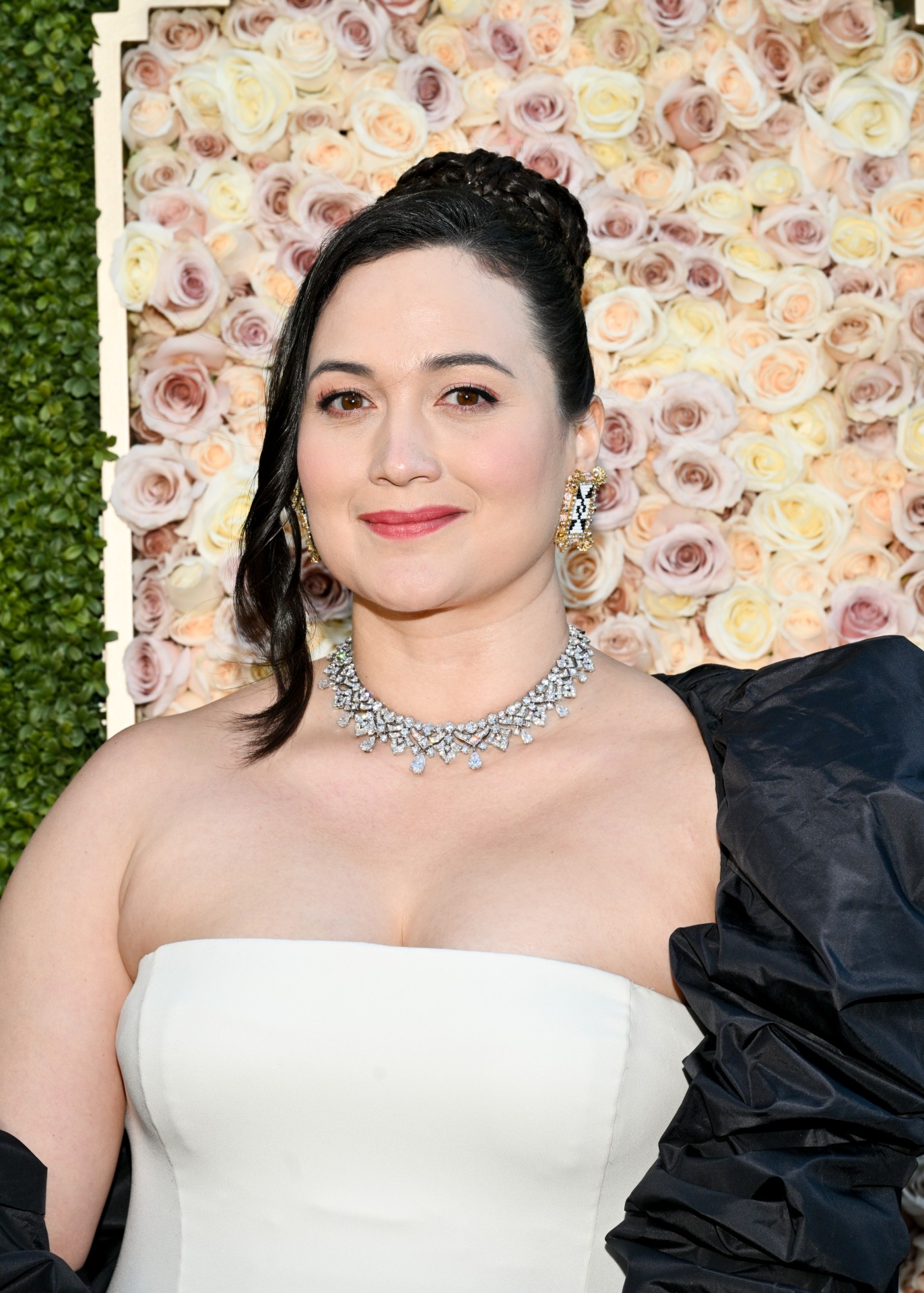
The look in question was a braided chignon that Gladstone wore at the top of her head, and it was crafted by celebrity hairstylist Marc Mena. He achieved the look by fashioning hair extensions (courtesy of Great Lengths) to lengthen Gladstone's already-long hair. He then created a ponytail and fashion an intricate braided bun out of the style, leaving a sliver of wavy hair hanging loose on the side to show off Gladstone's length.
While Native people are not a monolith, braids are significant in many tribes for spiritual or traditional reasons. Keeping one's hair long enough to braid—especially in the case of males—is also a symbol of Indigenous resistance, especially in light of the settler colonialism that so often forced Native people to cut their hair.
In using not only her voice but her appearance to represent Native beauty and entrepreneurship, Gladstone is on the frontlines of cultural resistance and preservation—a shining example of how representation can be accomplished every day, in myriad ways.
Stay In The Know
Get exclusive access to fashion and beauty trends, hot-off-the-press celebrity news, and more.

Gabrielle Ulubay is a Beauty Writer at Marie Claire. She has also written about sexual wellness, politics, culture, and fashion at Marie Claire and at publications including The New York Times, HuffPost Personal, Bustle, Alma, Muskrat Magazine, O'Bheal, and elsewhere. Her personal essay in The New York Times' Modern Love column kickstarted her professional writing career in 2018, and that piece has since been printed in the 2019 revised edition of the Modern Love book. Having studied history, international relations, and film, she has made films on politics and gender equity in addition to writing about cinema for Film Ireland, University College Cork, and on her personal blog, gabrielleulubay.medium.com. Before working with Marie Claire, Gabrielle worked in local government, higher education, and sales, and has resided in four countries and counting. She has worked extensively in the e-commerce and sales spaces since 2020, and spent two years at Drizly, where she developed an expertise in finding the best, highest quality goods and experiences money can buy.
Deeply political, she believes that skincare, haircare, and sexual wellness are central tenets to one's overall health and fights for them to be taken seriously, especially for people of color. She also loves studying makeup as a means of artistic expression, drawing on her experience as an artist in her analysis of beauty trends. She's based in New York City, where she can be found watching movies or running her art business when she isn't writing. Find her on Twitter at @GabrielleUlubay or on Instagram at @gabrielle.ulubay, or follow her art at @suburban.graffiti.art
-
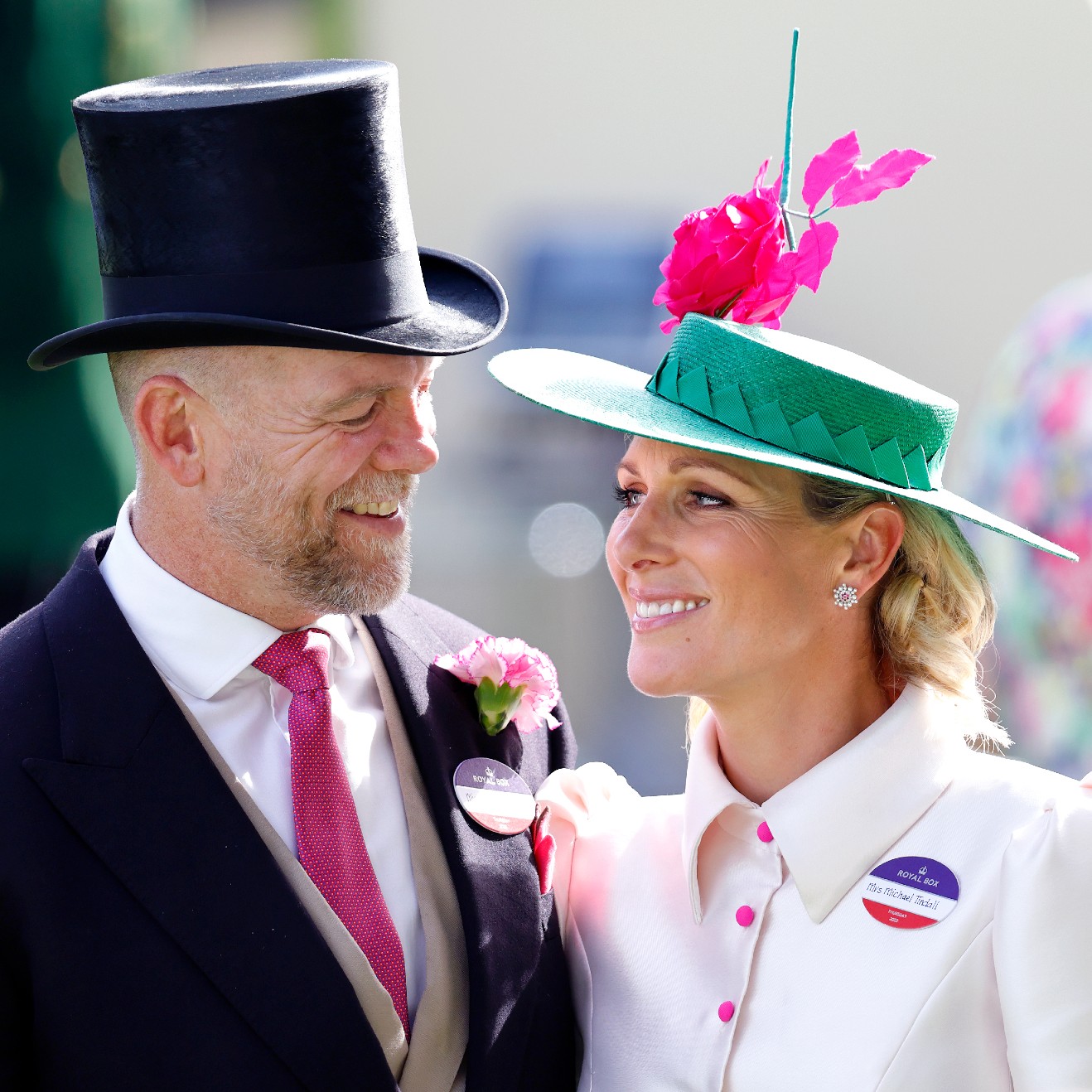 Princess Anne's Unexpected Suggestion About Mike Tindall's Nose
Princess Anne's Unexpected Suggestion About Mike Tindall's Nose"Princess Anne asked me if I'd have the surgery."
By Amy Mackelden Published
-
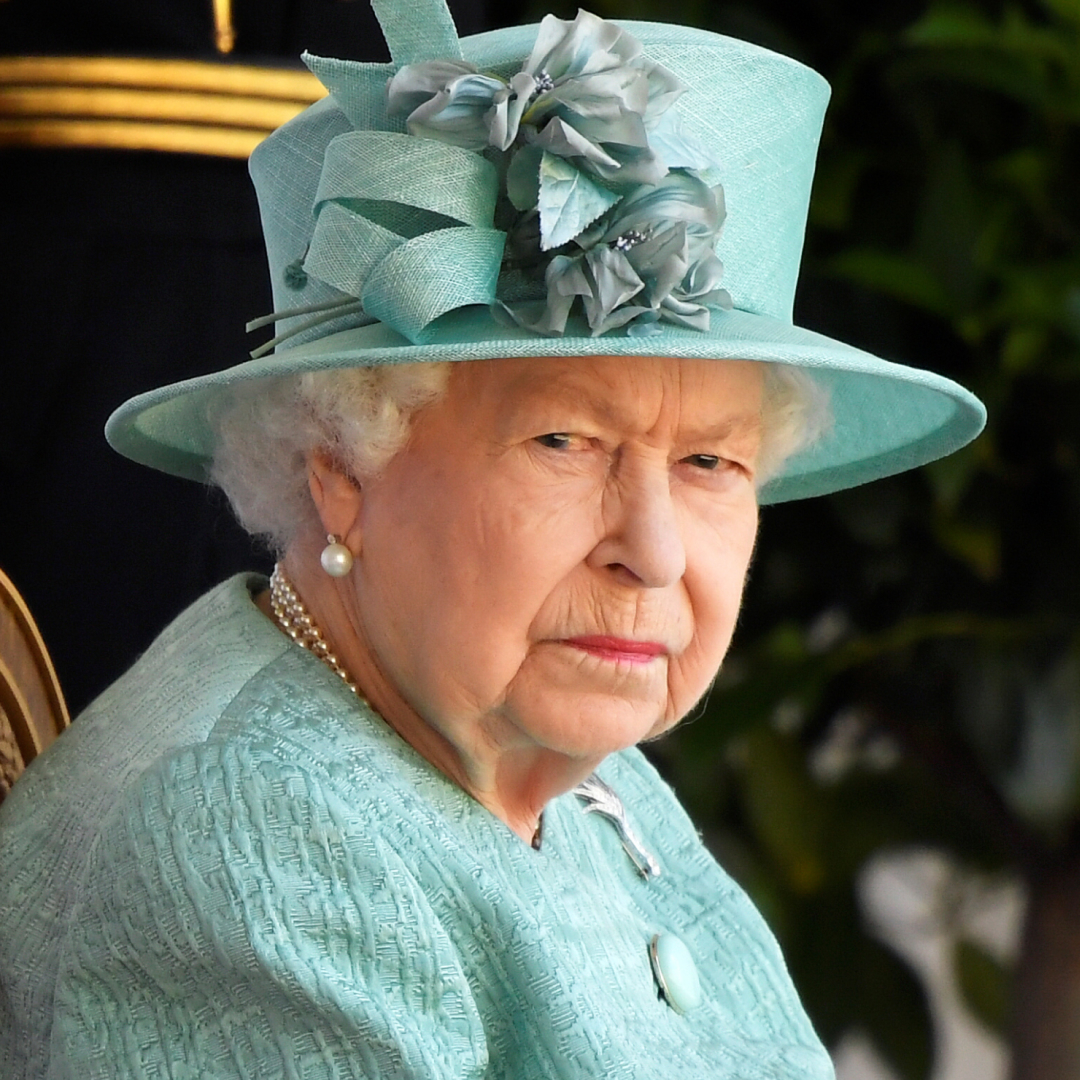 Queen Elizabeth's "Disapproving" Royal Wedding Comment
Queen Elizabeth's "Disapproving" Royal Wedding CommentShe reportedly had lots of nice things to say, too.
By Amy Mackelden Published
-
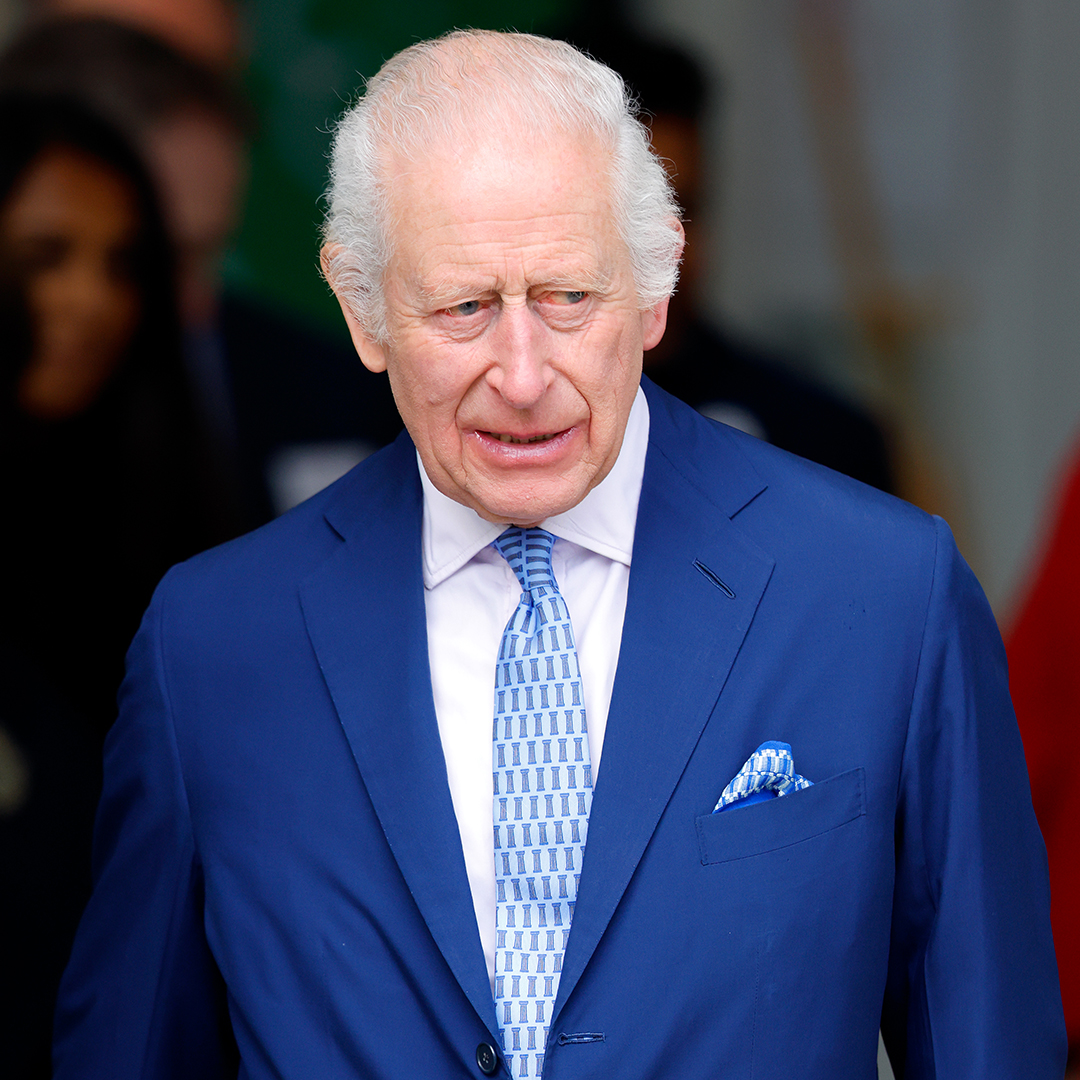 Palace Employees "Tried" to Get King Charles to "Slow Down"
Palace Employees "Tried" to Get King Charles to "Slow Down""Now he wants to do more and more and more. That's the problem."
By Amy Mackelden Published
-
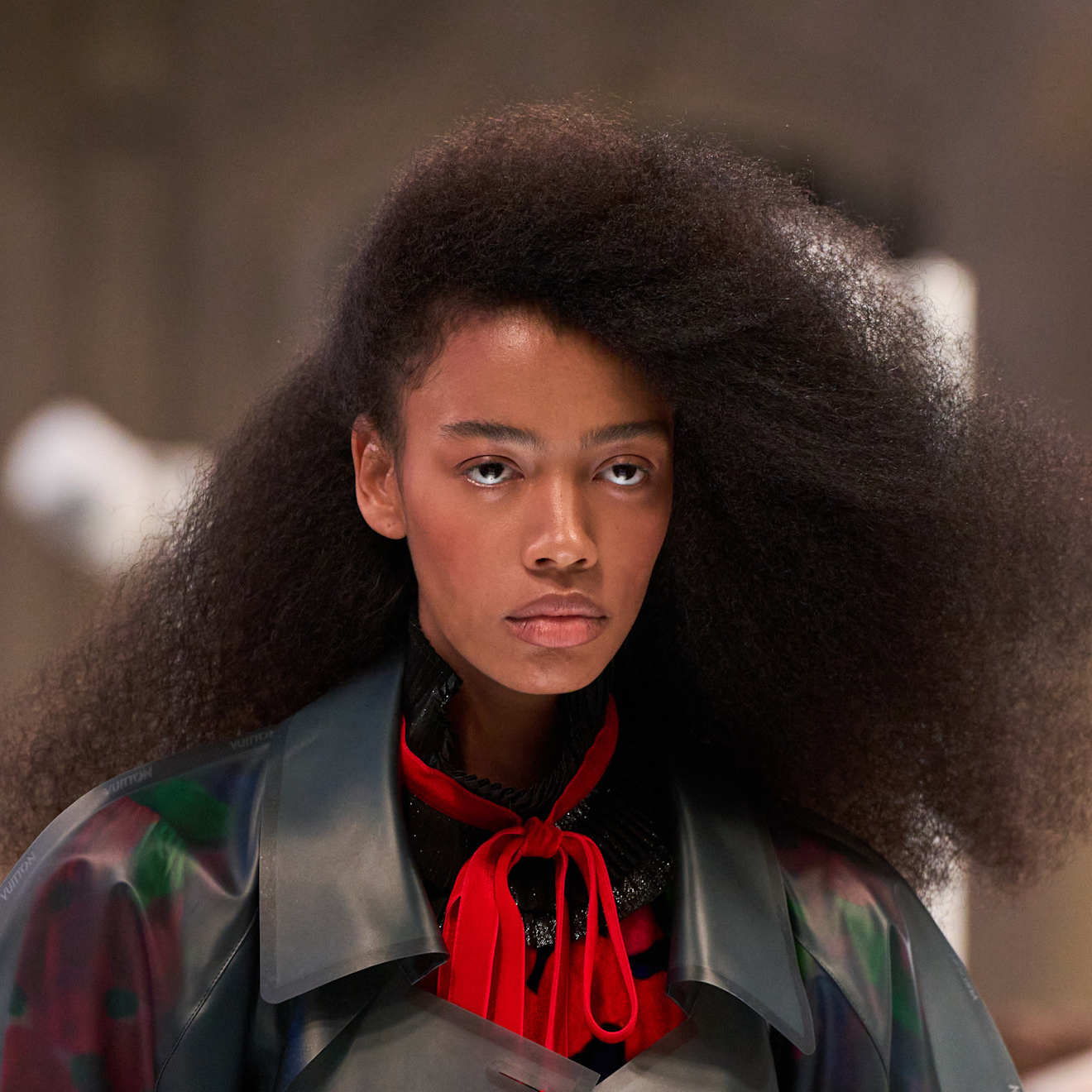 Everything You Need to Know About Marie Claire’s Skin and Hair Awards
Everything You Need to Know About Marie Claire’s Skin and Hair AwardsCould your brand survive an editor testing session?
By Ariel Baker Published
-
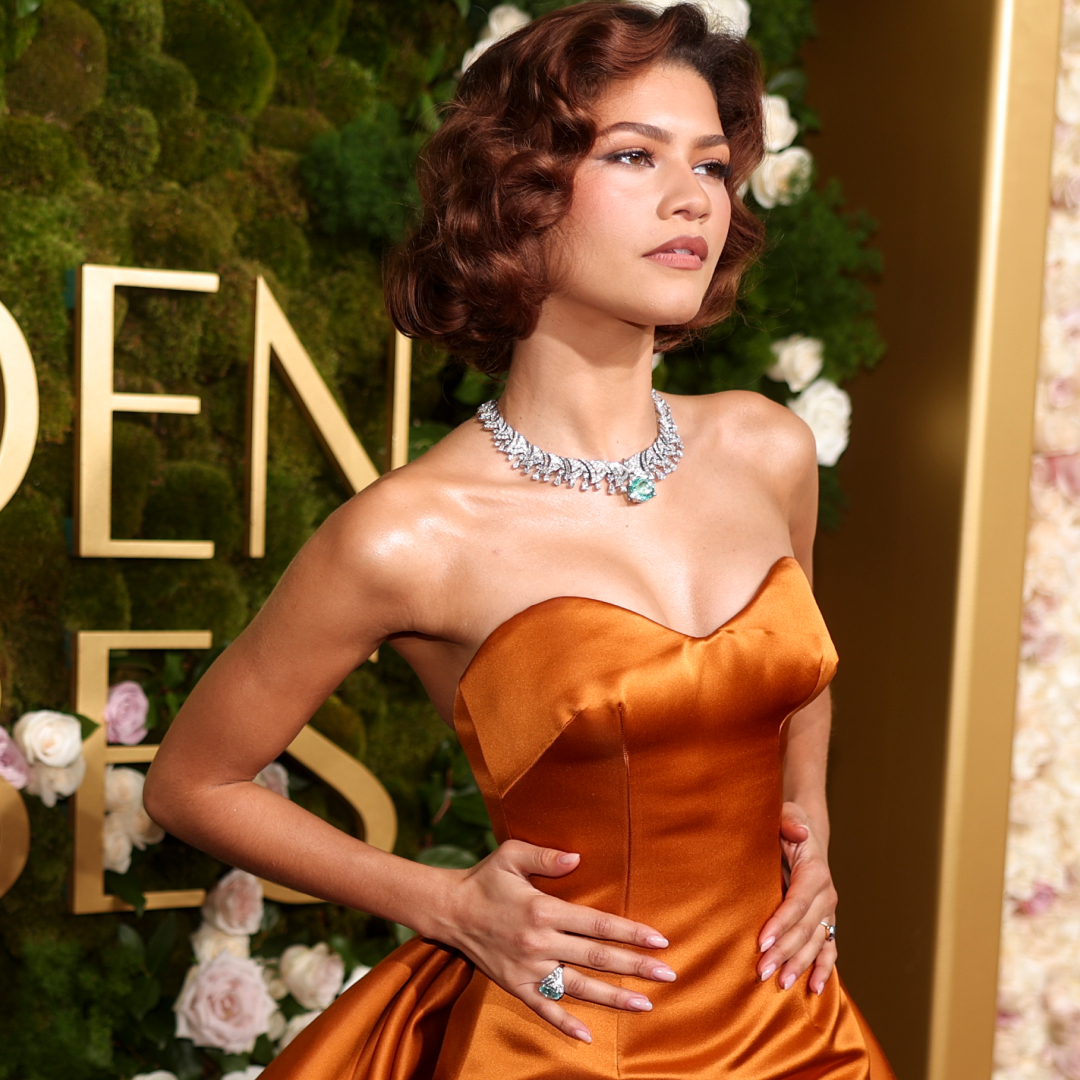 Zendaya Handpicks an All-Time Classic Engagement Manicure to Debut Her Diamond at the 2025 Golden Globes
Zendaya Handpicks an All-Time Classic Engagement Manicure to Debut Her Diamond at the 2025 Golden GlobesCould she have debuted her diamond any other way?
By Halie LeSavage Published
-
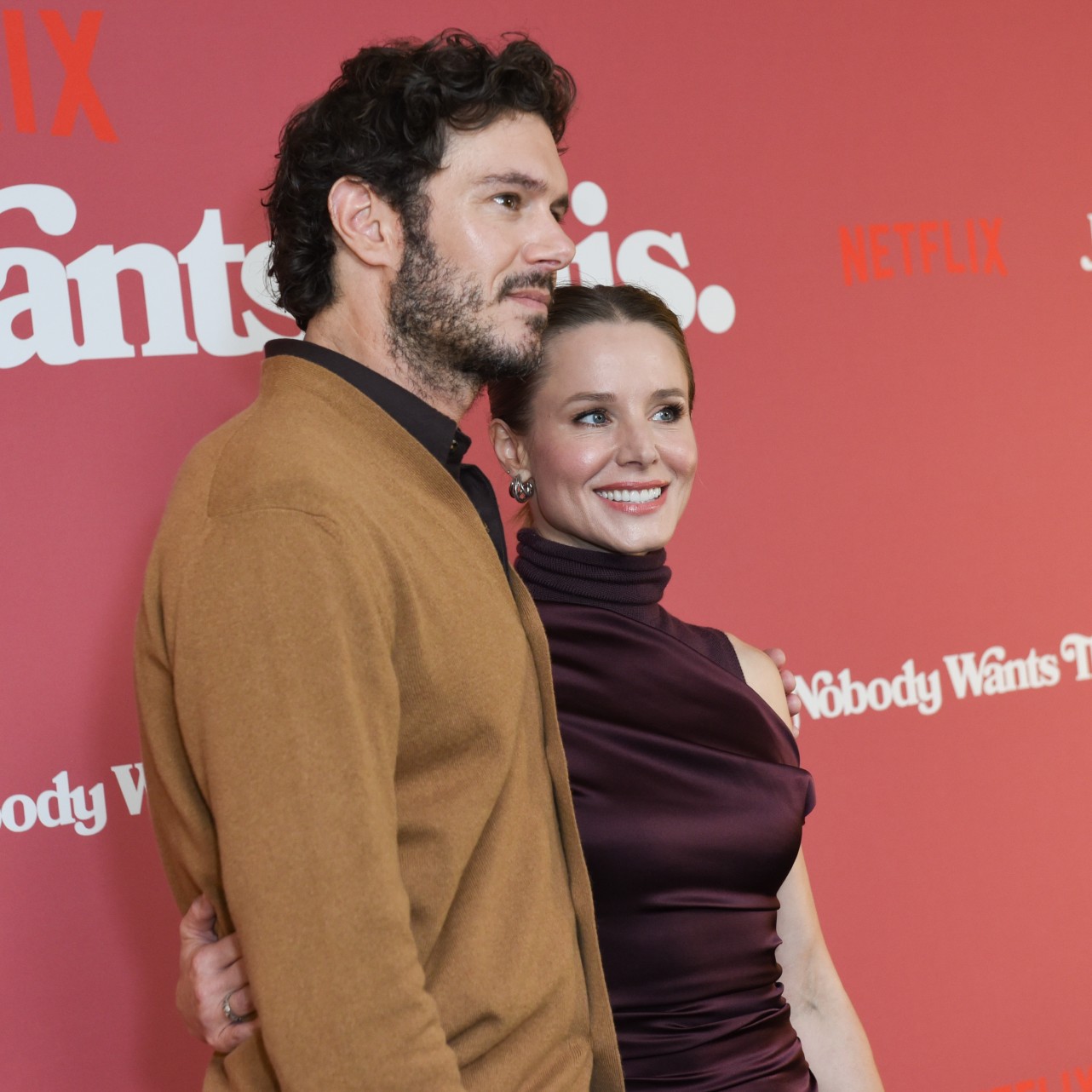 Everybody Wants Kristen Bell’s and Adam Brody’s Golden Globes Hair Secrets
Everybody Wants Kristen Bell’s and Adam Brody’s Golden Globes Hair SecretsGood news: I have them.
By Samantha Holender Published
-
 Zoe Saldana’s \201cCut Glass\201d Cheekbones at the Golden Globes are Courtesy of Cupping, Cryotherapy, and Oxygen Infusions
Zoe Saldana’s \201cCut Glass\201d Cheekbones at the Golden Globes are Courtesy of Cupping, Cryotherapy, and Oxygen InfusionsHer facialist, Lord Gavin McLeod-Valentine, gave Marie Claire the full breakdown.
By Samantha Holender Published
-
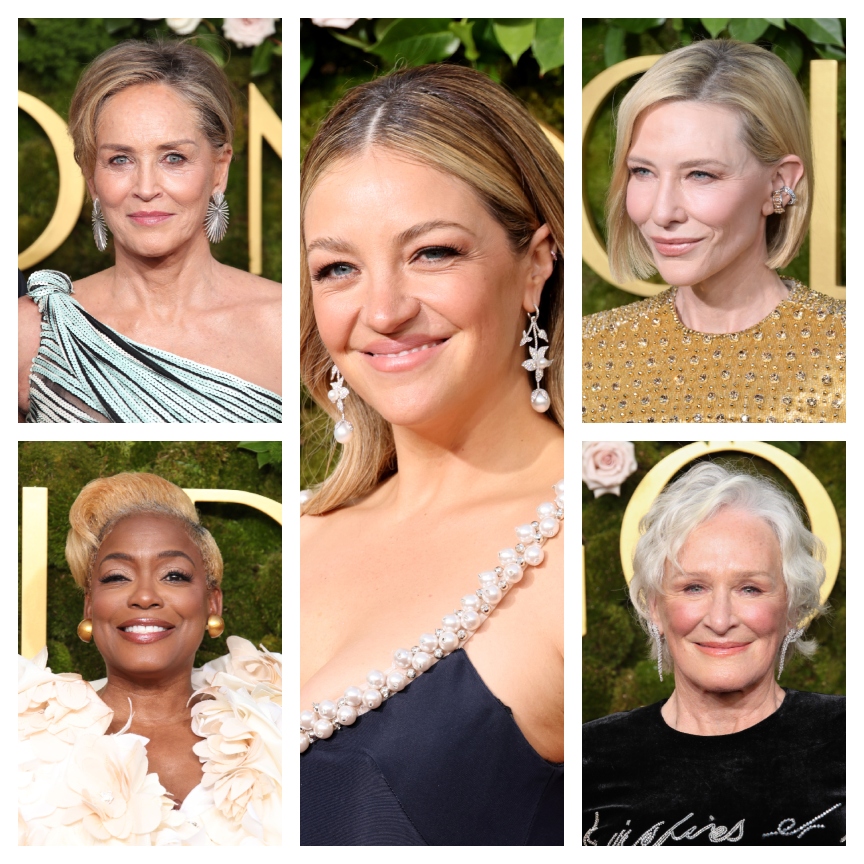 Gray Hair Was the Hottest Accessory at the 2025 Golden Globes
Gray Hair Was the Hottest Accessory at the 2025 Golden GlobesGray hair is chic, period.
By Hannah Baxter Published
-
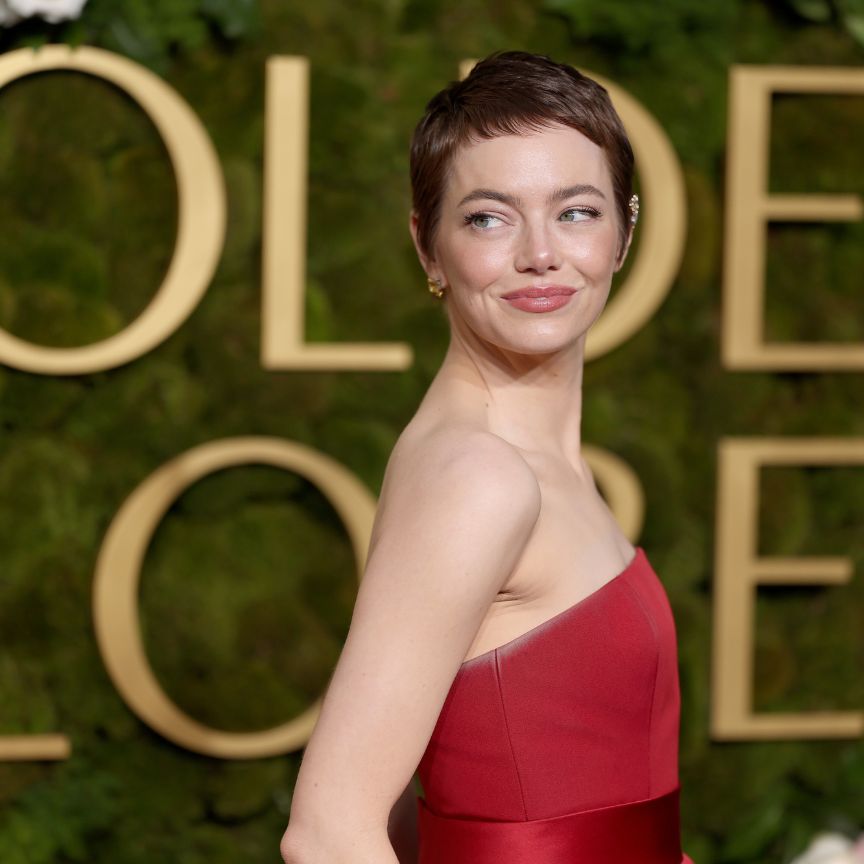 Emma Stone Debuted a Cropped Pixie Cut at the 2025 Golden Globes
Emma Stone Debuted a Cropped Pixie Cut at the 2025 Golden GlobesIt's giving Mia Farrow.
By Hannah Baxter Published
-
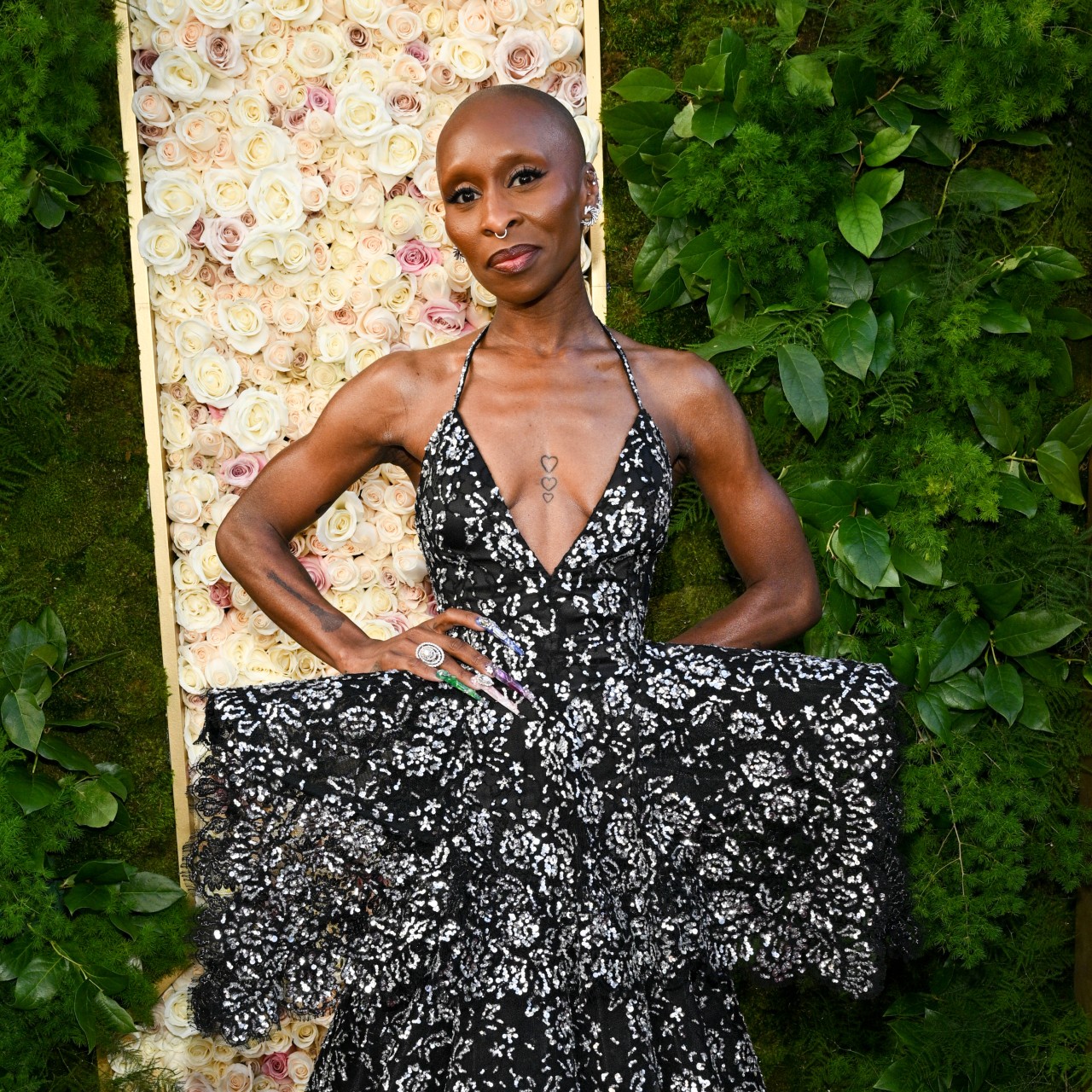 Cynthia Erivo’s Golden Globes Nails Have at Least Six Diamonds
Cynthia Erivo’s Golden Globes Nails Have at Least Six DiamondsI’m not a gemologist, but these nails are worth millions.
By Samantha Holender Published
-
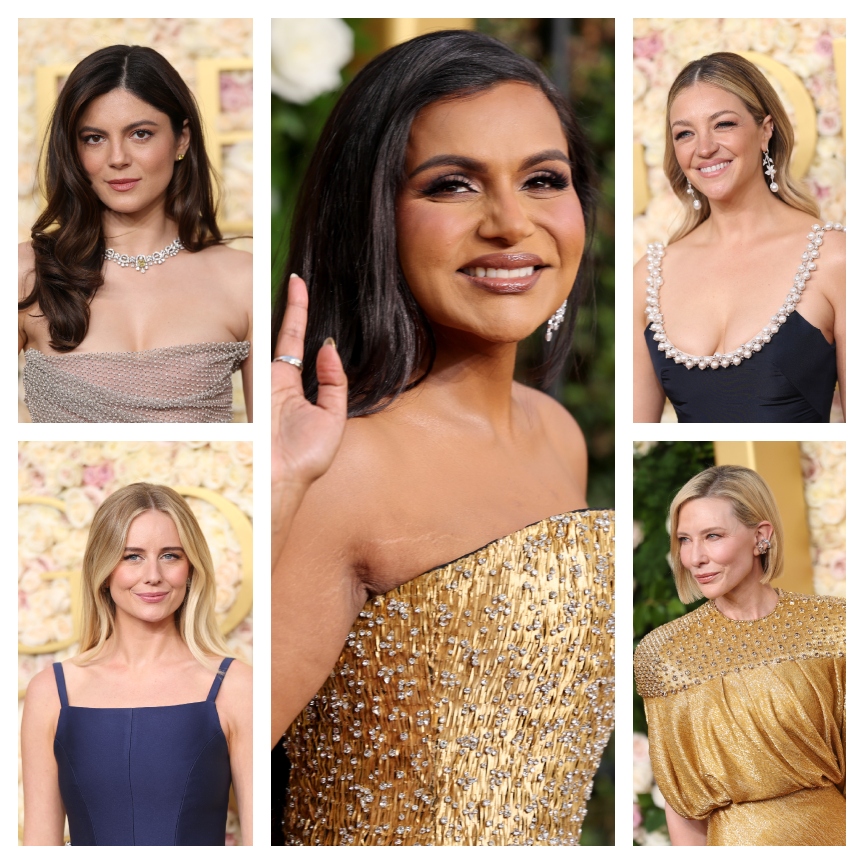 The Best Beauty Looks at the 2025 Golden Globes Are Anything But Subtle
The Best Beauty Looks at the 2025 Golden Globes Are Anything But SubtleHere's the behind-the-scenes beauty scoop.
By Samantha Holender Published